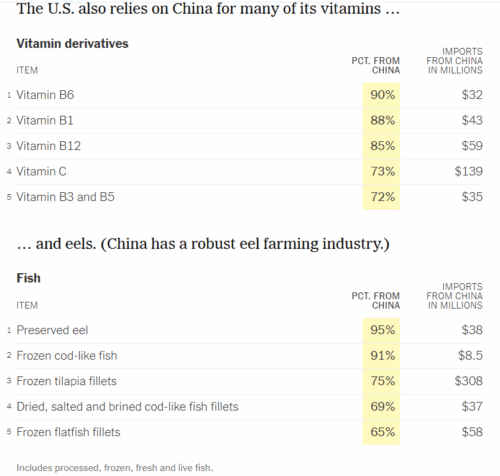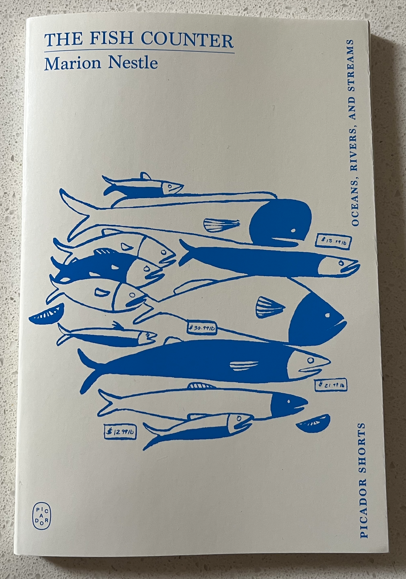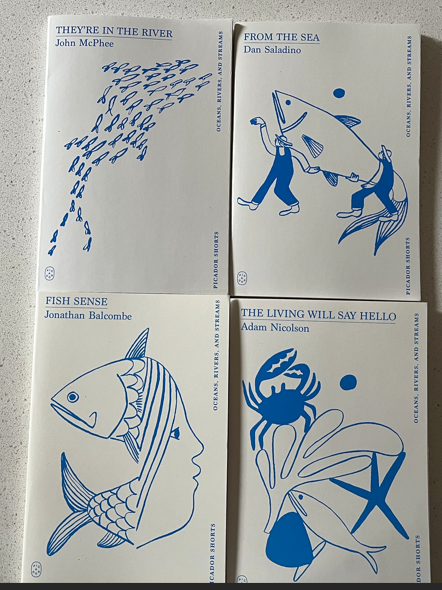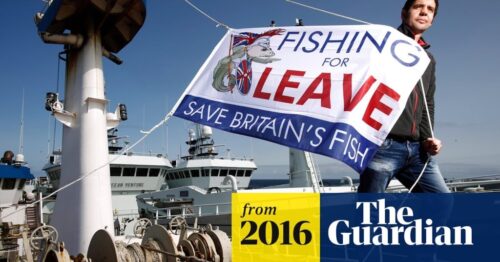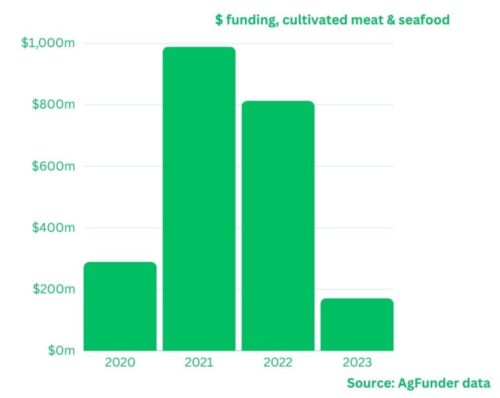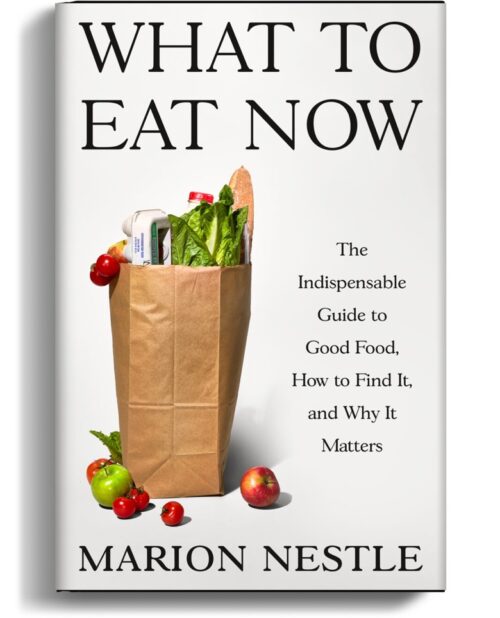My next forthcoming book is now available for preorder.
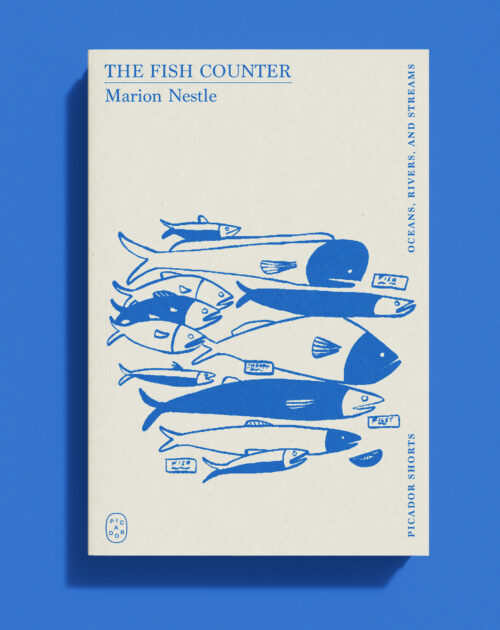
I say next, because this one is a bit of a surprise, even to me. It’s a spinoff from my forthcoming (in September, I think) new and thoroughly revised edition of What to Eat, retitled What to Eat Now—the book I’ve been working on for the last three years.
Here’s what the publisher says about The Fish Counter:
A standalone extract from the newly revised edition of her groundbreaking What to Eat (which is being reissued as What to Eat Now).
Marion Nestle, America’s preeminent nutritionist and the scholar widely credited with establishing the field of modern American food studies, takes us through every aspect of how we grow, market, shop for, store, label, and eat fish in America….
Nestle pulls the curtain back on the complicated routes that fish have to go through to make it to our supermarket fish counter. What is the history of methylmercury contamination in our fish supplies? How have government agencies dealt with it in the past? How have they communicated its dangers to us, and how do they do that now? What should we consider when we think about food safety and fish? How healthy is fish, in fact?
Marion Nestle answers these and many more questions at the heart of how we consume fish. These chapters are a master class for anyone looking to eat more sustainably, mindfully, and with a full awareness of the many complicated factors at play when you’re standing at the fish counter trying to make a decision about what fish you ought to buy for your dinner.
If you scroll down on the Macmillan website for the book, you can see the five other books in the Picador Shorts series on Oceans, Rivers, and Streams. They all have great covers. I’m thrilled to be in their company.
Macmillan is the behemoth consolidated publisher that owns Farrar, Straus & Giroux. the publisher of What to Eat Now, which in turn owns Picador, the publisher of The Fish Counter.
The book is also listed at
I will have more to say about this book and What to Eat Now as the publication dates get closer. Stay tuned!
